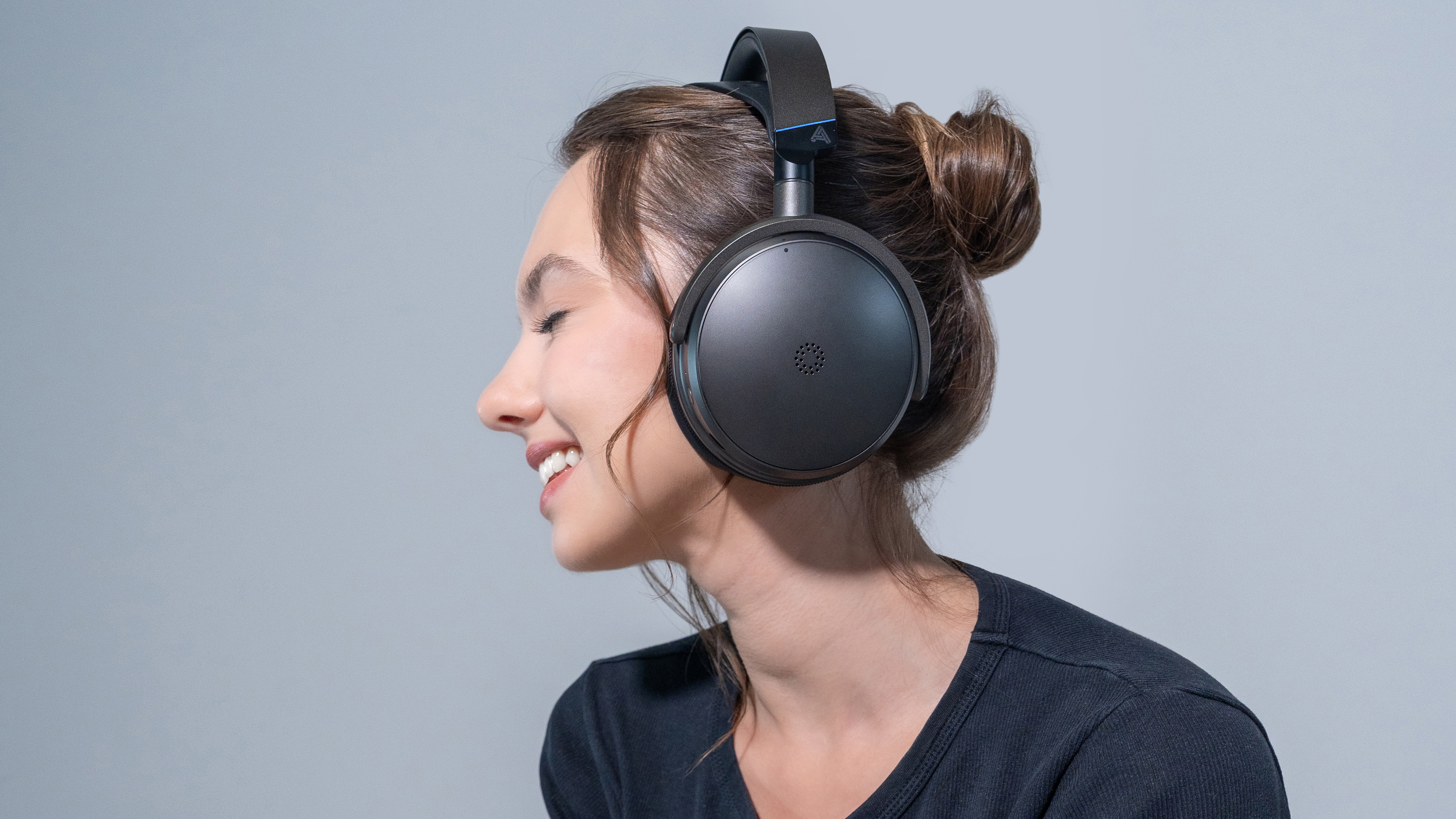Samsung Galaxy Z Fold 6 vs. Galaxy Z Fold 4: Should you upgrade?
The Fold 6 is two generations ahead of the Fold 4, and yet, it doesn't really feel like it.
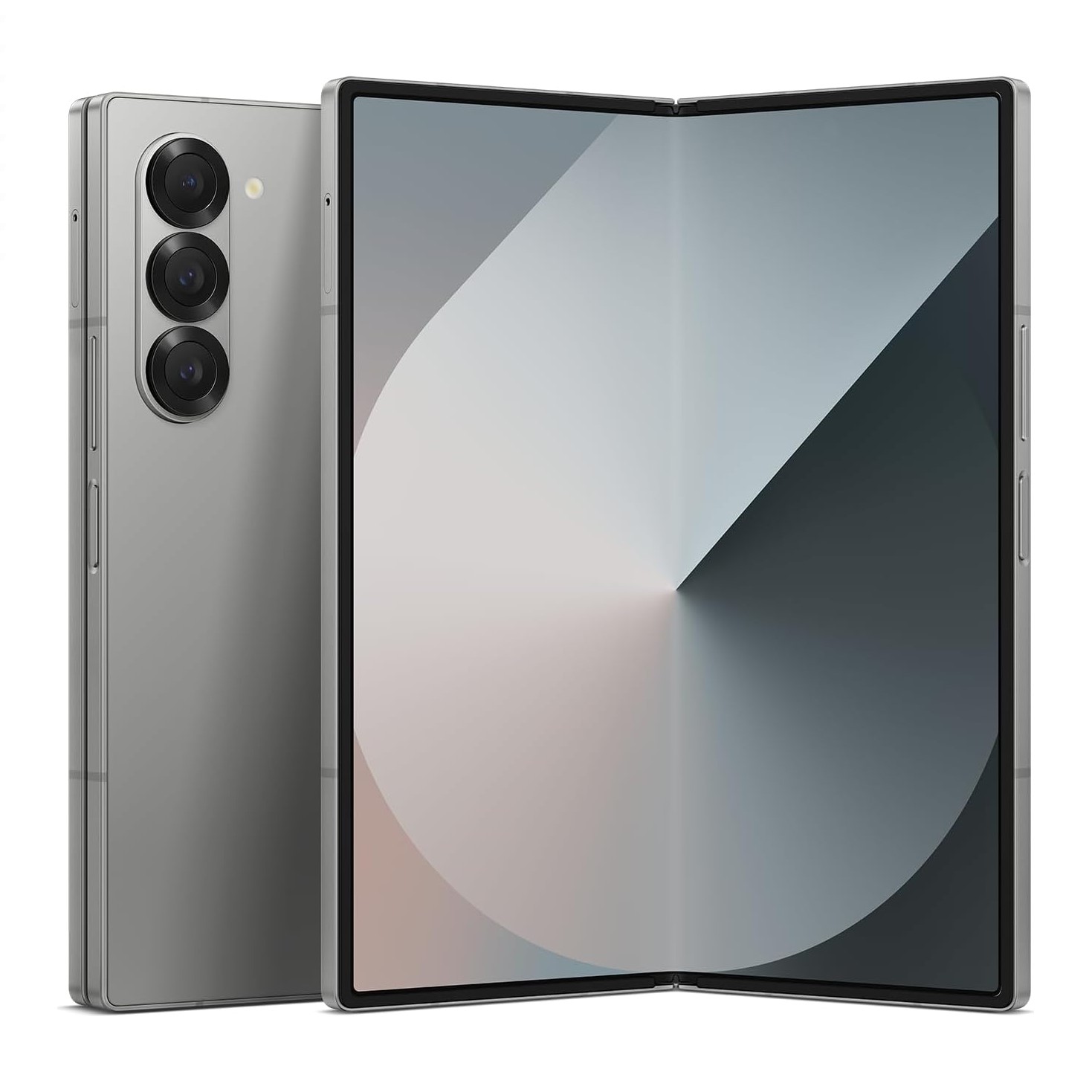
New and (slightly) improved
The Galaxy Z Fold 6 is Samsung's flagship foldable for 2024. It has the expected upgrades like the latest software, a mildly refreshed design, a newer processor, and a brighter display. Samsung has also given it an official IP48 rating this time. The rest of the specs haven't changed much, but it's now $100 more expensive than the Fold 5.
Pros
- Slimmer and lighter than Fold 5
- Higher brightness for folding display
- IP48 rating
- Latest Snapdragon processor
- Seven years of OS upgrades
Cons
- Still very expensive
- Same cameras and battery as before
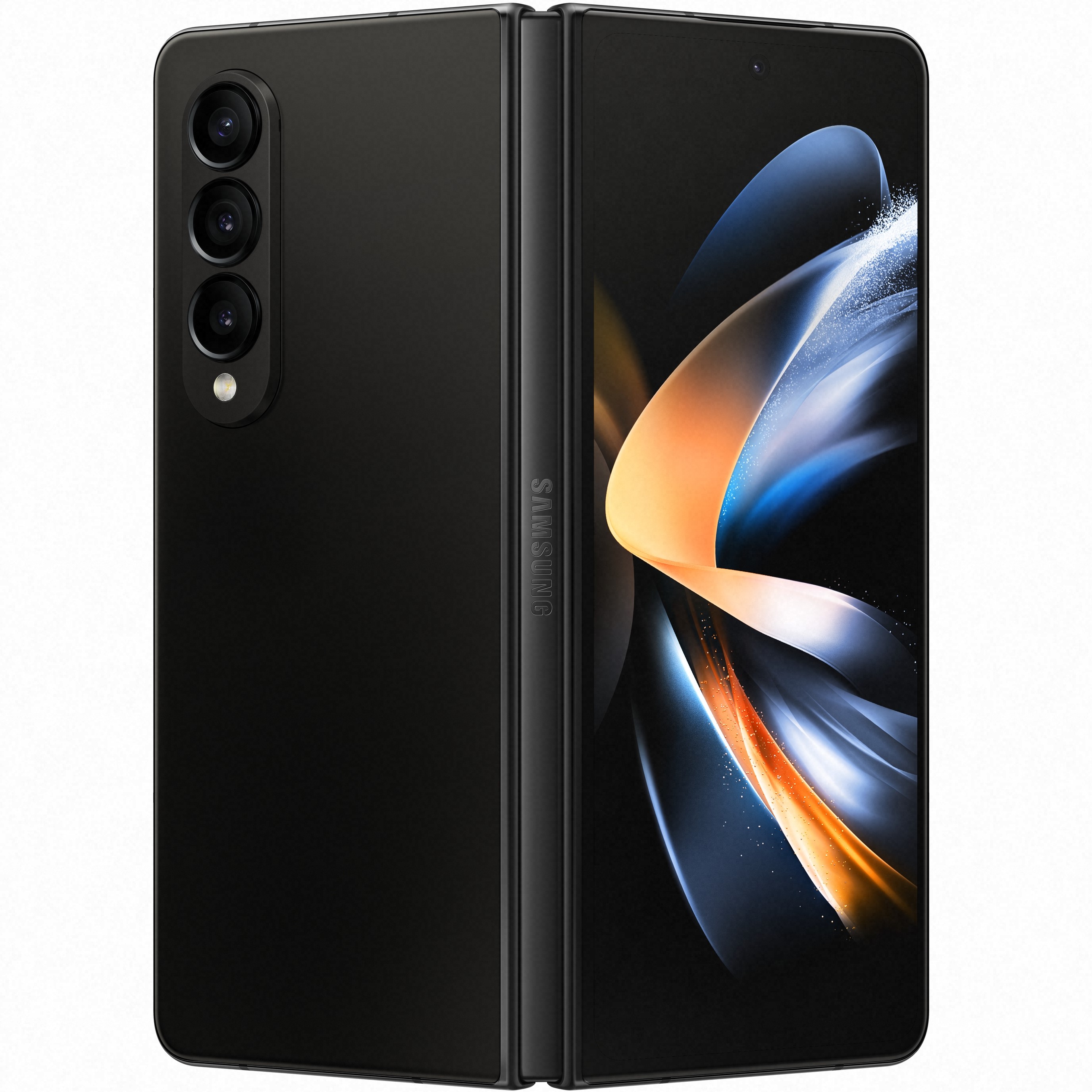
Still formidable, two years on
The Galaxy Z Fold 4 is not easy to find today but if you still have one, it might be worth holding on to for a bit longer. The weight, thickness, and processor are the three main areas where it trails behind the new Fold 6. But it manages to come close or even match it everywhere else. It's even upgradable to One UI 6.1 which gives it Galaxy AI chops. Not bad for a two-year-old phone.
Pros
- Rounded edges for better comfort
- IPX8 rating
- Snapdragon 8+ Gen 1 isn't outdated yet
- Five years of OS upgrades
- Supports Galaxy AI features
Cons
- Gap between the two screens when folded
- Crease is prominent
- Folding display not as bright as Fold 6
It's human nature to want the latest and greatest, and Samsung is banking on that to make its most expensive Fold device yet a big success. The Galaxy Z Fold 6 was recently announced during Samsung's Unpacked event in Paris, along with many other products. The Fold 6 features a tweaked design, a faster processor, and a few more changes, but largely remains the same as the Fold 5. It's more expensive though, starting at $1,899.99.
Compared to the Galaxy Z Fold 5, it's not something worth upgrading to in our opinion. But is it worth trading in your Z Fold 4 for it? The Fold 4 is now two years old and not easy to find brand new. If you do come across a good deal on one though or if you already own one, should you choose it over the new Galaxy Z Fold 6? Let's find out what you'll be missing if you don't.
Samsung Galaxy Z Fold 6 vs. Galaxy Z Fold 4: Design
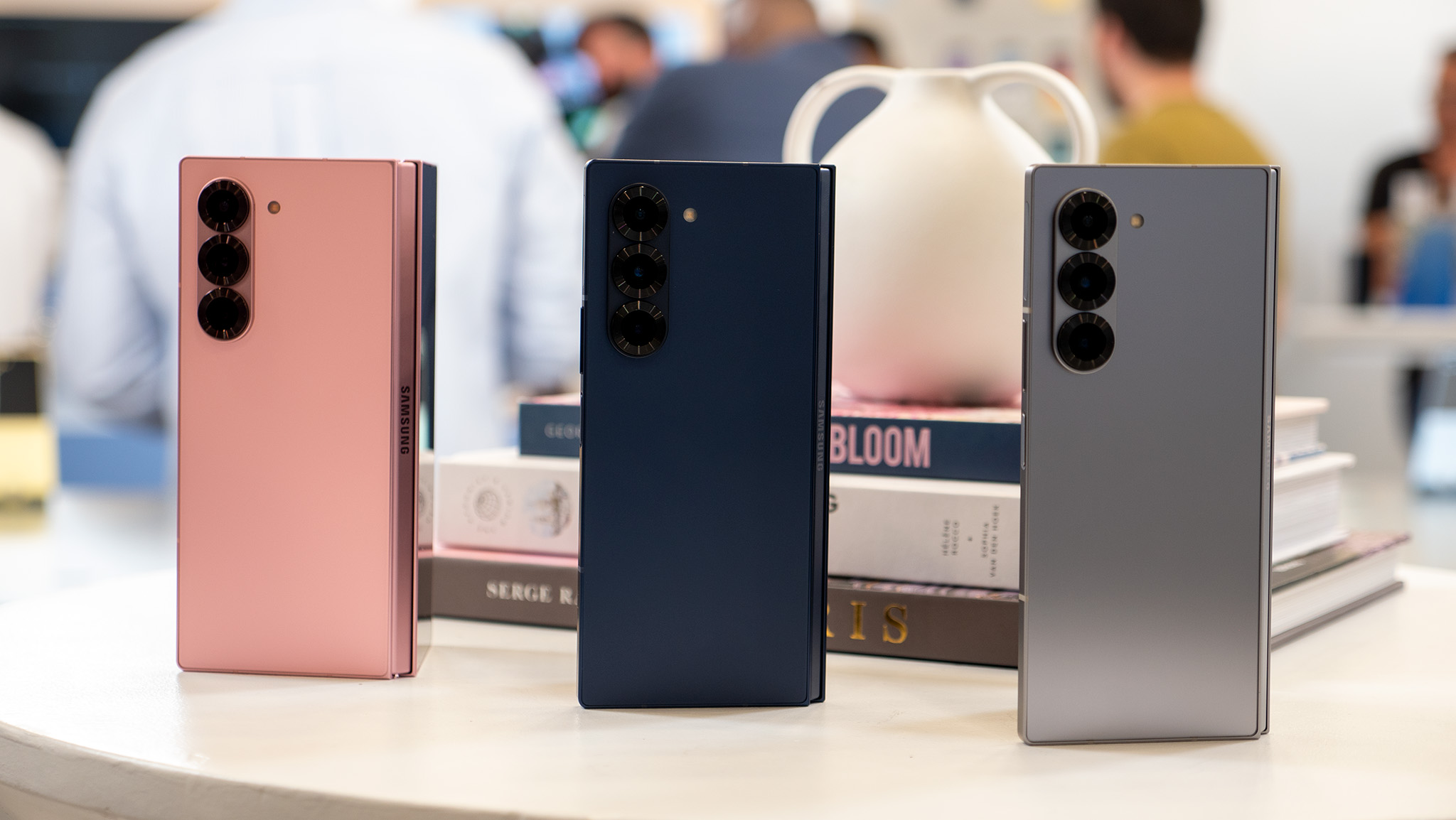
The physical appearance of both phones is the easiest way to tell the two apart. While the Samsung Galaxy Z Fold 6 doesn't exactly reinvent the wheel, the more angular design and squared-off edges give it a more grown-up aesthetic. The sharper edges are probably not going to be the most comfortable to hold though, unless you're rocking one of the best cases for the Z Fold 6.
The big change that everyone will undoubtedly love is that the Fold 6 is much slimmer and lighter than before. It's 3.7mm slimmer and 24g lighter than the Fold 4, which should make it much more comfortable to use in hand or when carrying in your pocket. Just like the Fold 5, the Fold 6 folds completely flush leaving no gap between the two halves. This isn't the case with the Fold 4, which leaves a wedge-like gap when folded.
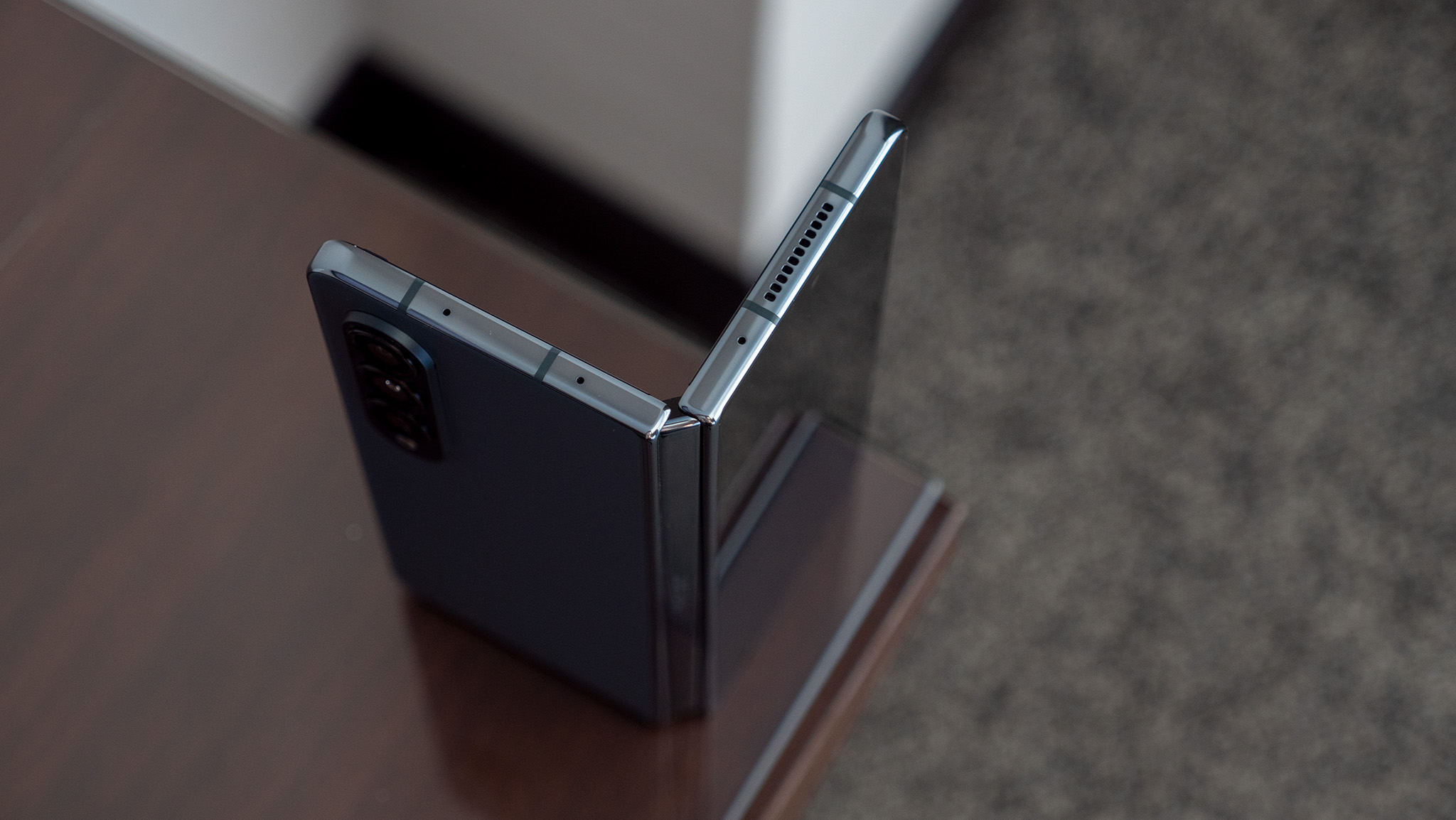
The other big change is the IP48 rating in the Galaxy Z Fold 6. The Z Fold 4 does have an IPX8 rating, but we've been wanting some official dustproofing too for these expensive gadgets. Samsung finally delivered an official rating this year, but it's not quite what we were expecting. The number four in the rating of the Fold 6 only certifies ingress protection against solid particles larger than 1mm, and dust doesn't make the cut.
There's something charming about the Z Fold 4's curvy design. For one, it's comfortable to hold and the corners don't dig into your pocket. There's no getting around the thickness and weight though, although this is something you'll get used to after a while. It's just as sturdily built with glass all around and aluminum for the frame and hinge. The crease is quite prominent on this one, and can be felt when you run your fingers across the middle of the screen.
Samsung Galaxy Z Fold 6 vs. Galaxy Z Fold 4: Hardware and specs
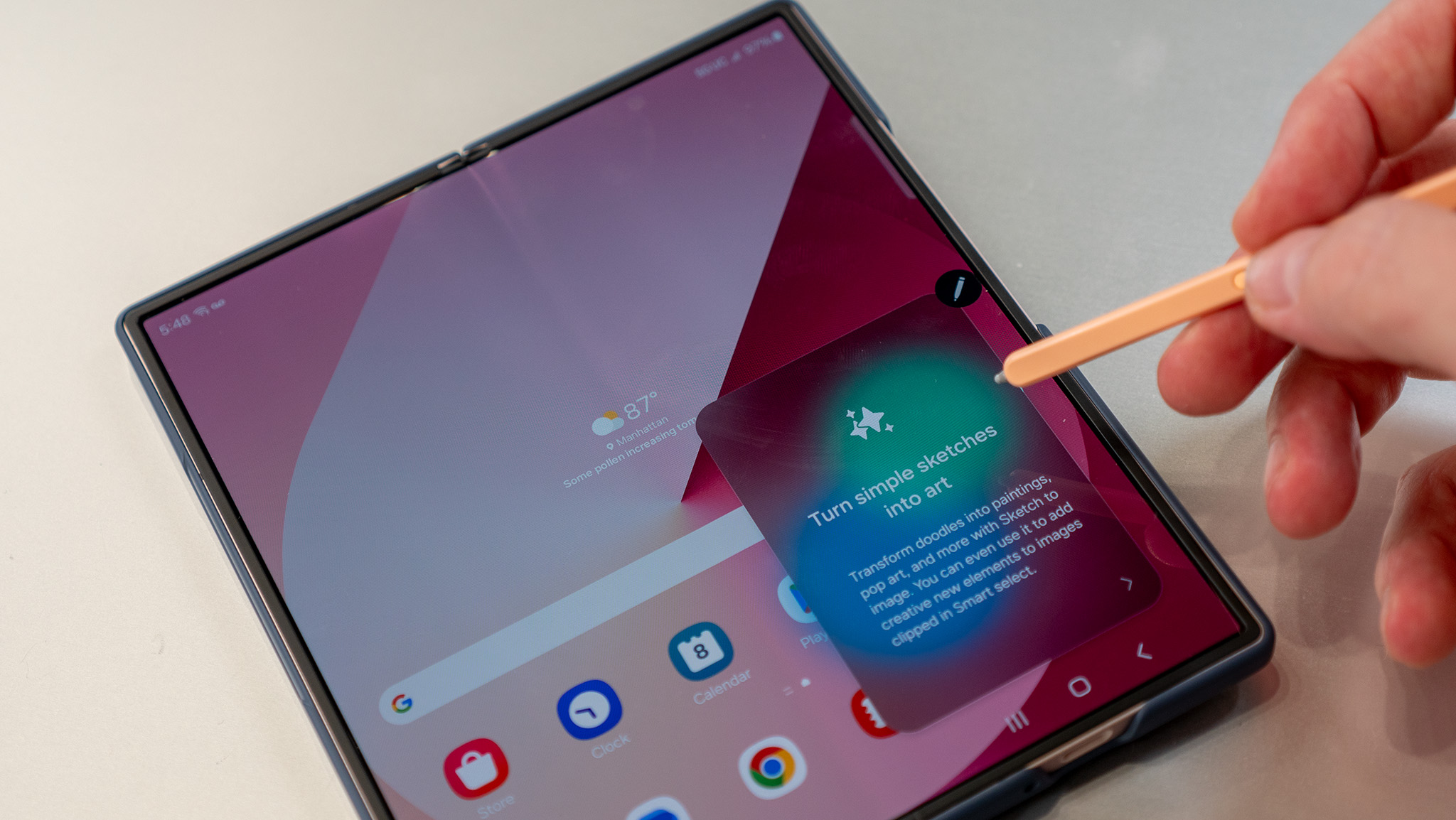
Apart from design changes, the Galaxy Z Fold 6 has a brighter folding display. The peak brightness is now up to 2,600 nits, which is a big step up from the 1,200 nits on the Fold 4. The inner display of the Fold 6 also has proper corners in all four edges, compared to the rounded corners of the Fold 4. The outer and inner displays are also a tad bit wider, which is evident from the slight change in resolutions across both screens. The outer screen is now 6.3 inches, but it's still narrow by other foldable standards and not as roomy as the one on the OnePlus Open to facilitate comfortable typing.
Get the latest news from Android Central, your trusted companion in the world of Android
The Galaxy Z Fold 4 matches the Fold 6 in other areas. It too has a 7.6-inch folding display with a 120Hz refresh rate and HDR10+ playback support. The 6.2-inch cover display also has a 120Hz refresh rate and uses the slightly older but still good, Gorilla Glass Victus Plus treatment.
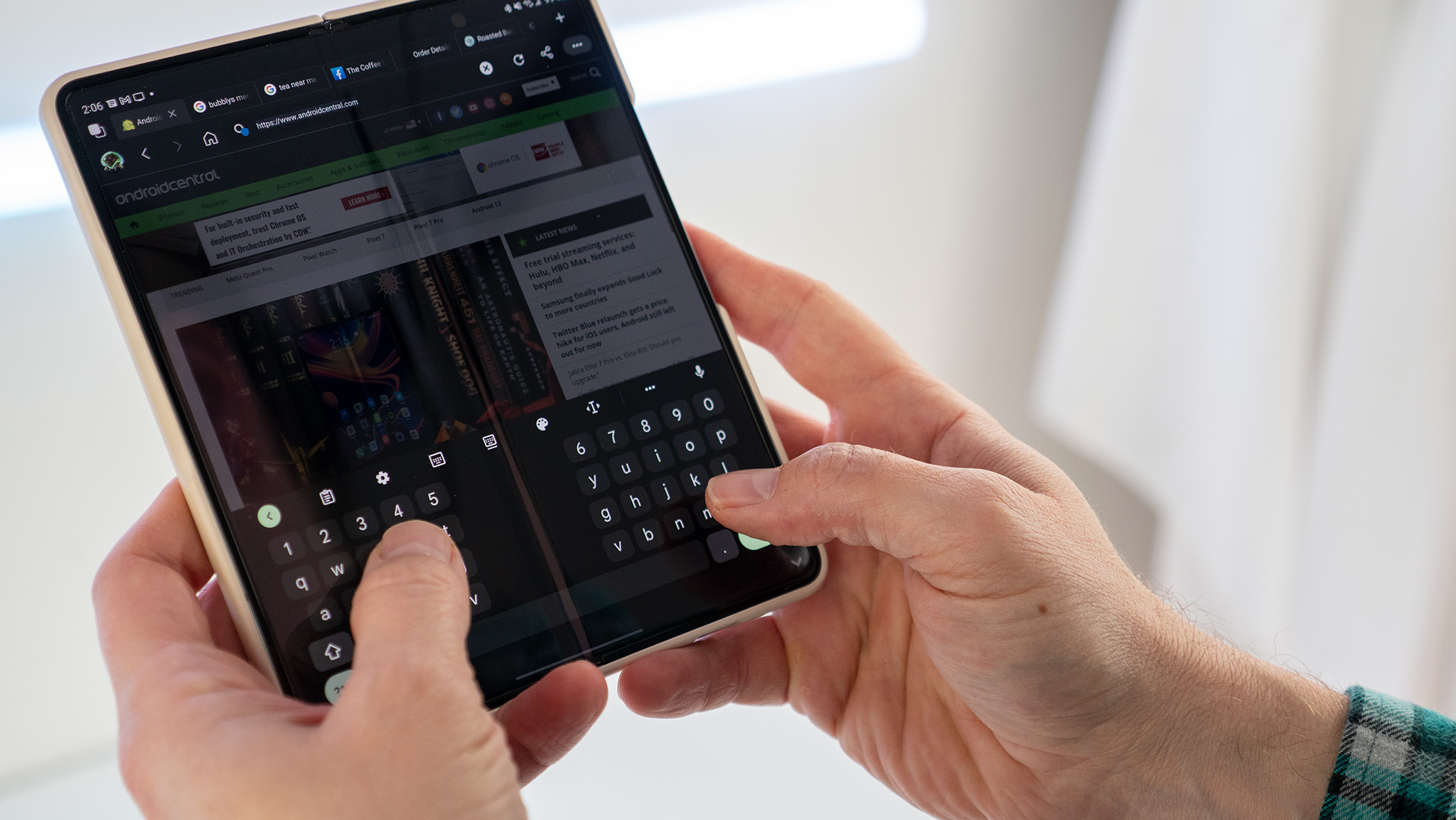
Other similarities continue with the cameras and battery. Both foldables use a 50MP primary sensor, a 10MP telephoto with 3x optical zoom, and a 12MP ultrawide. There's a 10MP selfie camera on the outer display, and a 4MP under-display camera on the folding screen. Camera capabilities are largely the same too, with the ability to capture up to 8K videos. The Fold 6 has slightly upgraded capabilities like 30fps recording at 8K.
The Galaxy Z Fold 6 has the same 4,400mAh battery capacity as the Fold 4, which is quite surprising and disappointing at the same time. Not that battery life was an issue with the Fold 4, but I wouldn't have minded a bit more heft in exchange for a larger battery in the 6. Sadly, charging speeds haven't budged at all. It's still 25W wired, and you have to buy the charger separately. The fingerprint sensor is still side-mounted, and U.S. models have Ultra Wideband (UWB) support.
| Header Cell - Column 0 | Samsung Galaxy Z Fold 6 | Samsung Galaxy Z Fold 4 |
|---|---|---|
| Folding display | 7.6-inch Dynamic AMOLED 2x, LTPO (1-120Hz), 2,160 x 1,856 resolution, 20.9:18 ratio, 2,600 nits peak brightness | 7.6-inch Dynamic AMOLED 2x, 120Hz, 2,176 x 1,812 resolution, 23.1:9 ratio, 1,200 nits peak brightness |
| Cover display | 6.3-inch Dynamic AMOLED 2x, LTPO (1-120Hz), 2,376 x 968, 22.1:9 ratio | 6.2-inch Dynamic AMOLED 2x, 120Hz, 2,316 x 904, 23.1:9 ratio |
| Processor | Snapdragon 8 Gen 3 for Galaxy | Snapdragon 8+ Gen 1 |
| RAM | 12GB | 12GB |
| Storage | 256GB, 512GB, 1TB | 256GB, 512GB, 1TB |
| Software | One UI 6.1.1 (Android 14) | Upgradable to One UI 6.1 (Android 14) |
| Battery & charging | 4,400mAh, 25W wired, 15W wireless | 4,400mAh, 25W wired, 15W wireless |
| Rear cameras | 50MP wide + 12MP ultrawide + 10MP telephoto | 50MP wide + 12MP ultrawide + 10MP telephoto |
| Selfie cameras | 10MP (cover screen) + 4MP (under-display camera) | 10MP (cover screen) + 4MP (under-display camera) |
| Dimensions | Unfolded: 153.5 x 132.6 x 5.6 mm; Folded: 153.5 x 68.1 x 12.1 mm | Unfolded: 155.1 x 130.1 x 6.3 mm; Folded: 155.1 x 67.1 x 15.8 mm |
| Weight | 239g | 263g |
| Colors | Silver Shadow, Pink, Navy (Samsung.com exclusive: Crafted Black, White) | Graygreen, Phantom Black, Beige, Burgundy |
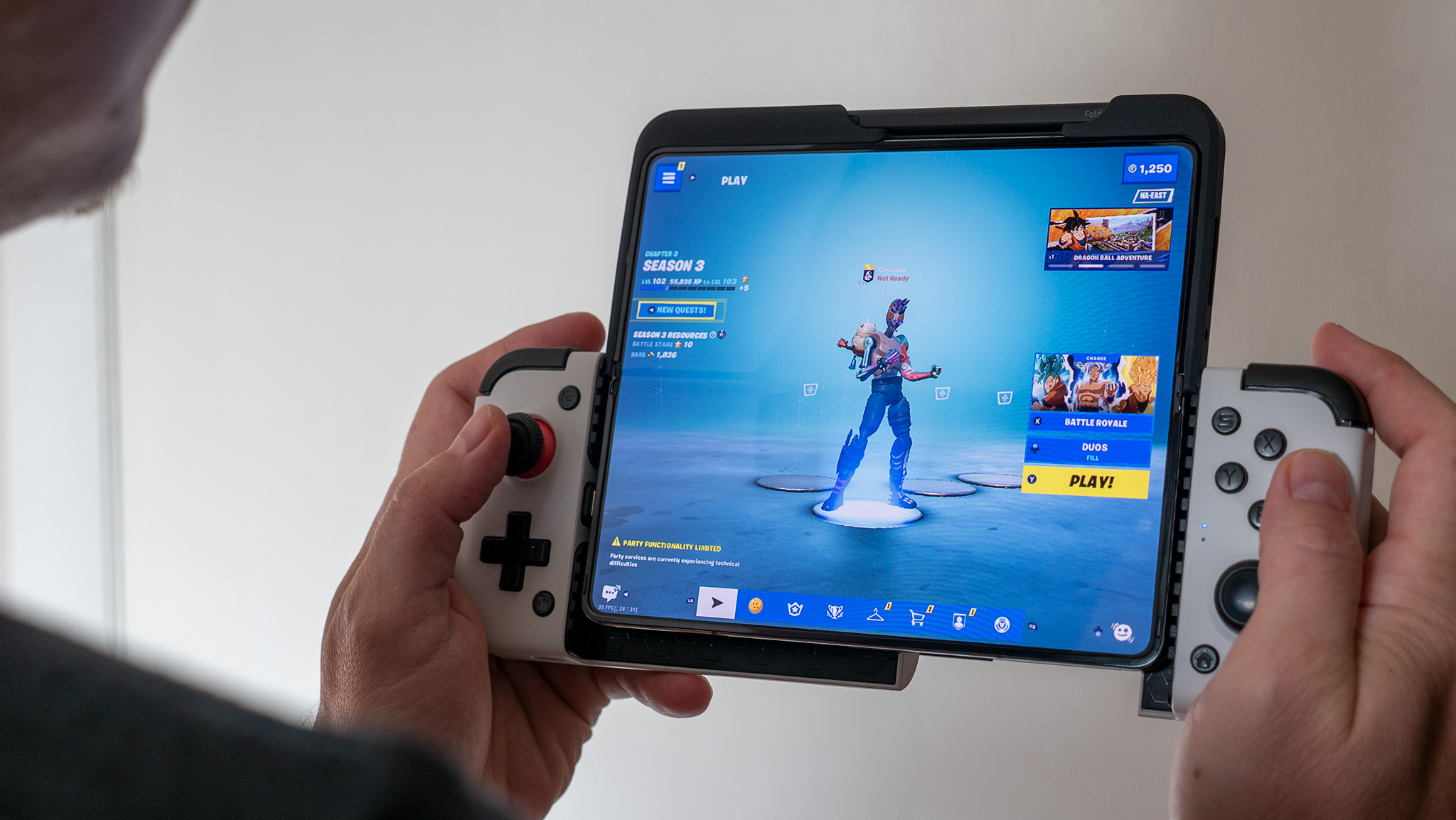
The Galaxy Z Fold 6 gets a nice performance boost with the Snapdragon 8 Gen 3 for Galaxy SoC. Qualcomm's latest chip is more powerful and power-efficient, which should result in better gaming and system performance on the Fold 6. The chip in the Fold 4 holds up well even today. The Snapdragon 8+ Gen 1 fixed many of the heating and throttling issues of the 8 Gen 1, and is still good enough even for the current crop of Android games.
The amount of RAM and storage variants are similar across both models. 12GB of RAM and standard, and you can opt for 256GB, 512GB, or even 1TB of in-built storage. The software is a bit different, but maybe not for long. The Galaxy Z Fold 4 shipped with Android 12L, but it got the Android 14 update in December 2023 and is in line to get One UI 6.1.1 as well with more Galaxy AI features. This means, your two-year-old phone can still perform most of the new AI wizardry that Samsung has been touting.
Samsung Galaxy Z Fold 6 vs. Galaxy Z Fold 4: Which should you buy?
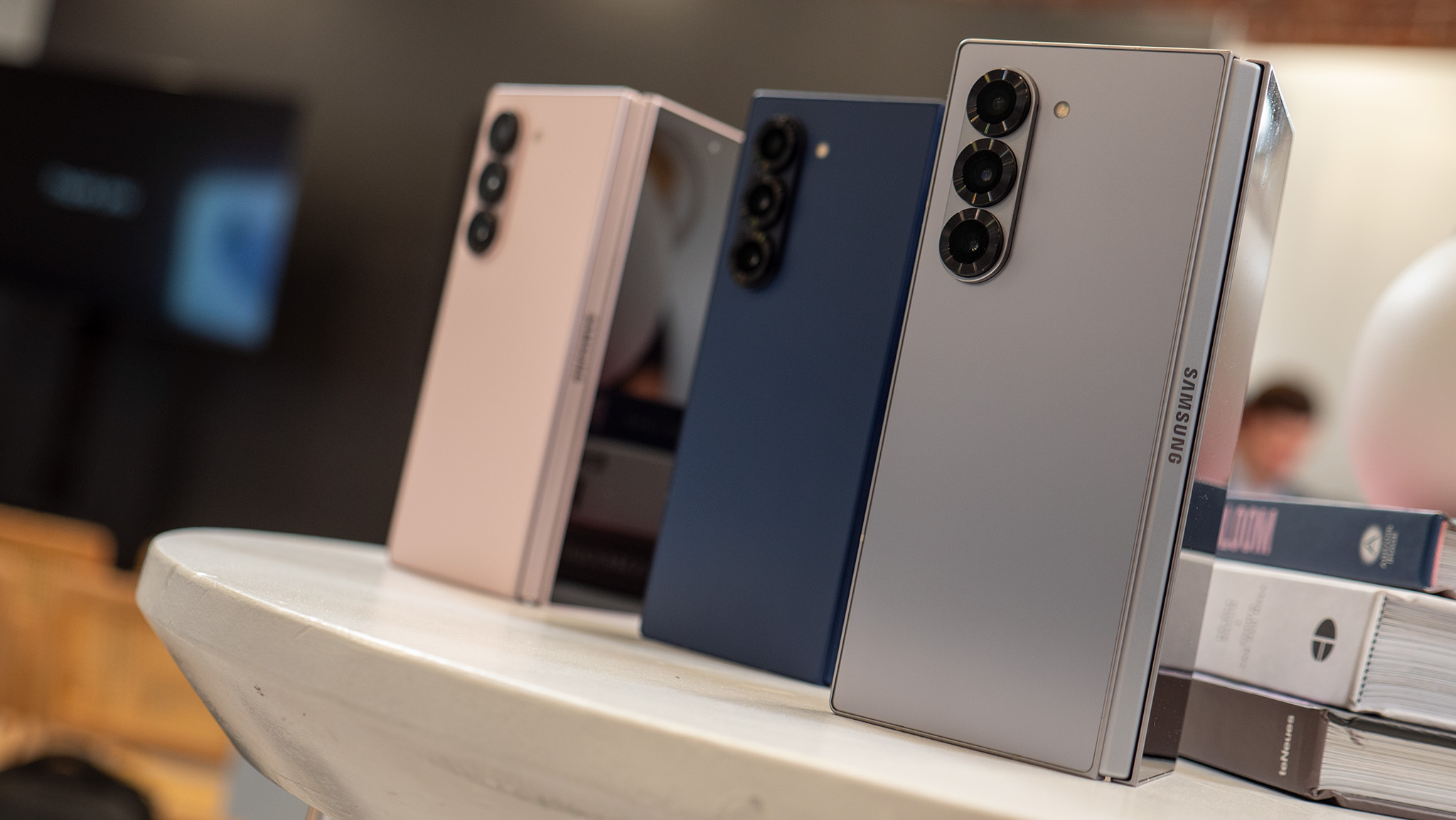
Buying a new Galaxy Z Fold 4 right now is not easy as it's hard to find, unless you look at refurbished models or get a deal via your carrier. In any case, it wouldn't be prudent to put that sort of money on a new Z Fold 4 today, when the Z Fold 5 is a much more attractive offering.
If you already own a Z Fold 4 and are happy with the performance it's still delivering, there's still no need to upgrade to the Fold 6. The changes made to the latest model are incremental at best. The lighter weight and slimmer design are definitely a step in the right direction, but beyond that, there's little that actually justifies the higher price.
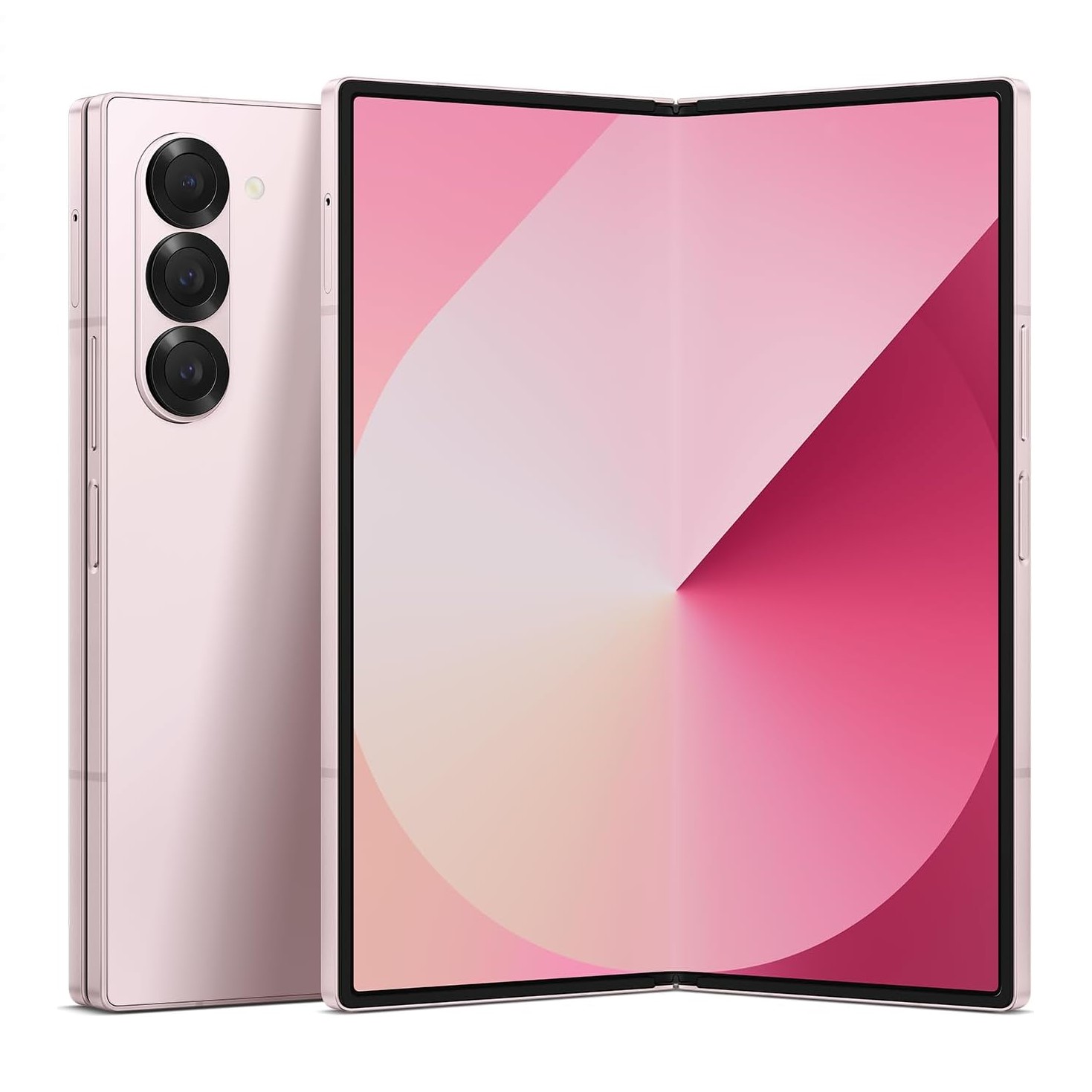
Current flagship
The Galaxy Z Fold 6 refines the design of the Fold even further, and it's now lighter and slimmer than ever before. Other than a brighter main display, faster SoC, and IP48 rating, not much else has changed in the new model, which makes the higher price tag a bit puzzling.
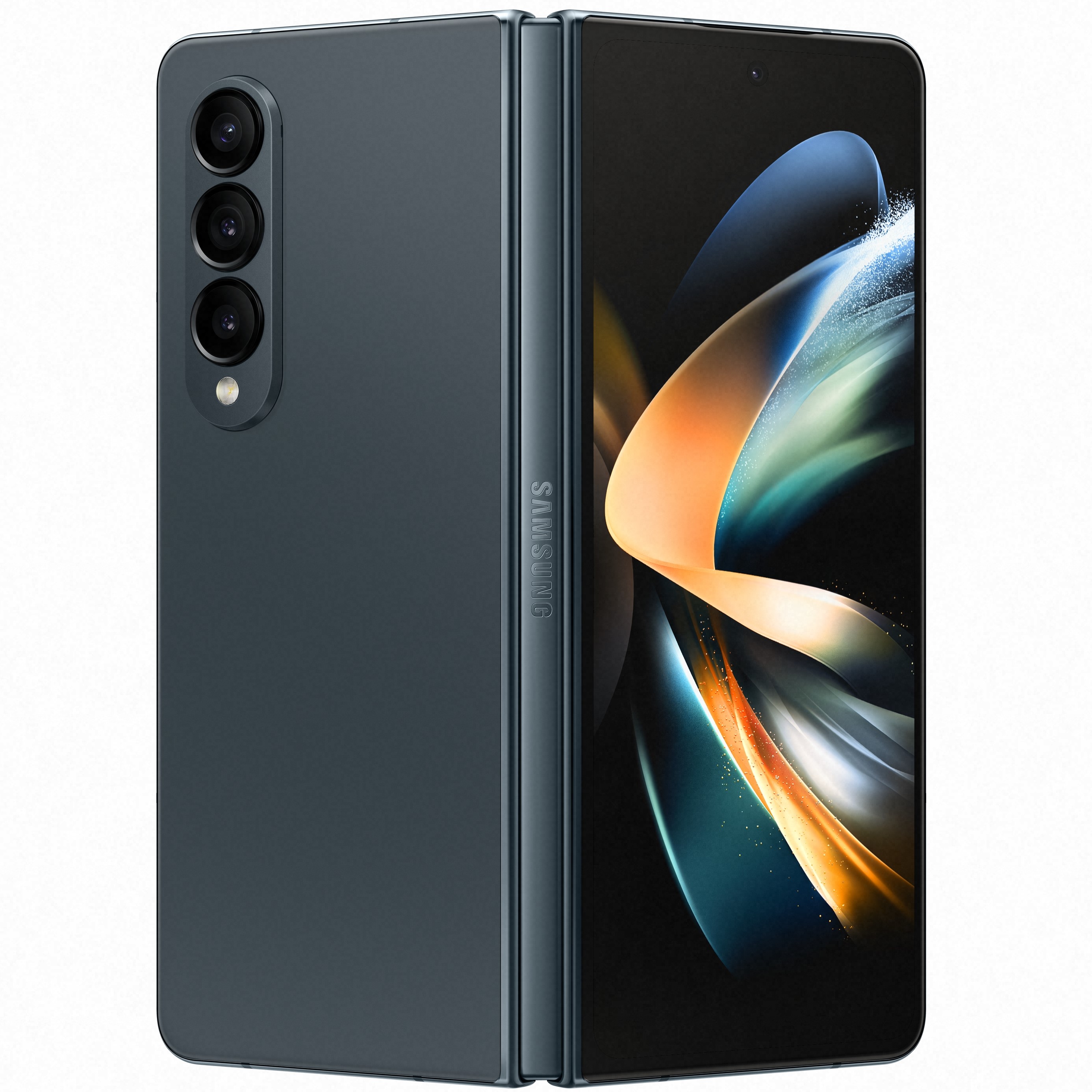
Gone, but not forgotten
Samsung might have officially stopped selling the Z Fold 4, but it's still very relevant even today if you own one. It's going to continue to get software updates for the next few years, Galaxy AI features are coming to it too, and most of the specs are still similar to the Fold 6.

Roydon has been writing about personal technology for 10+ years, and has covered everything from news, reviews, features, to on-ground coverage of big trade shows like CES. He's passionate about mobile technology and computing, dabbles with photography, and is still struggling to work his way through his Steam and PS4 game library.
You must confirm your public display name before commenting
Please logout and then login again, you will then be prompted to enter your display name.
